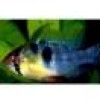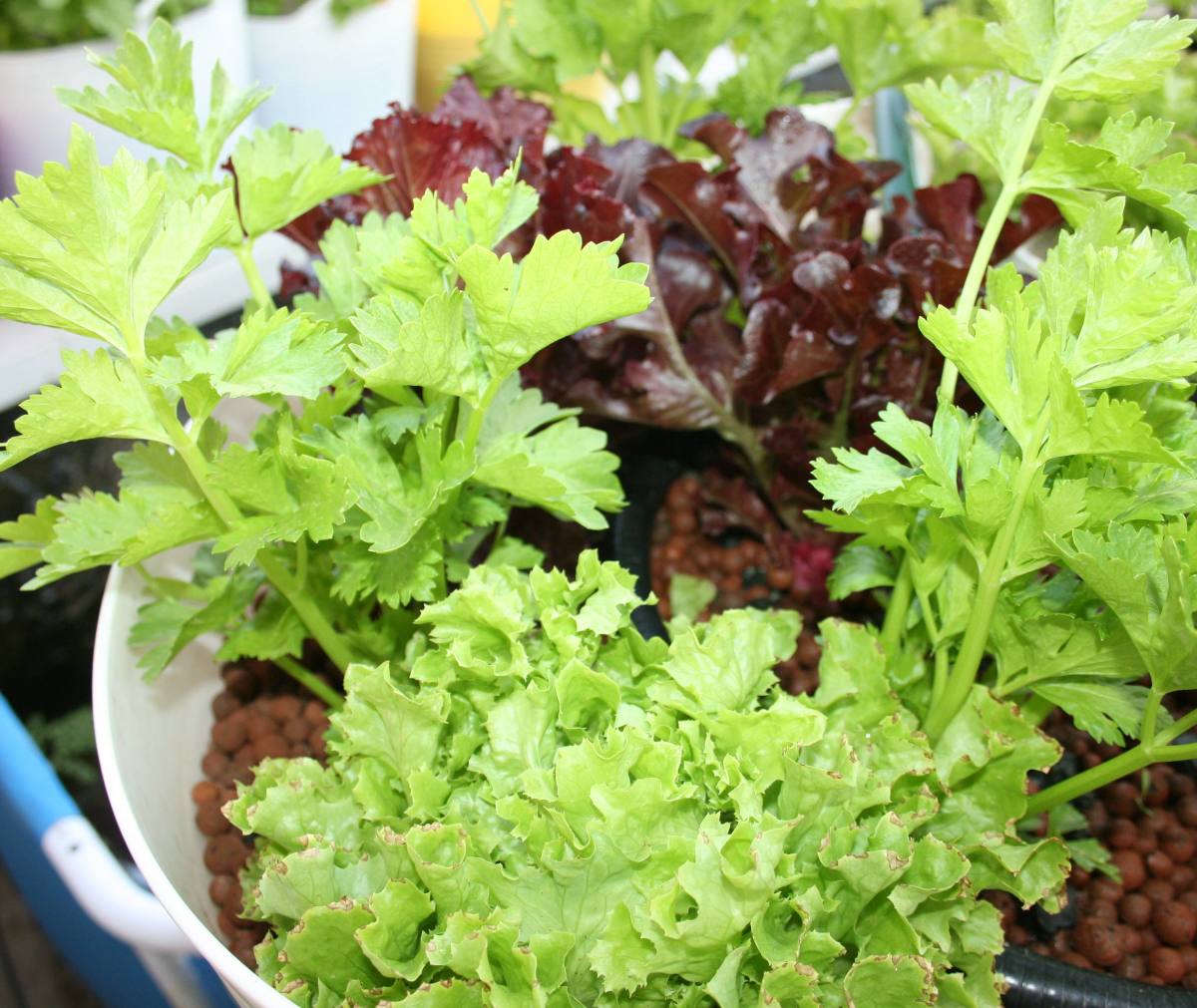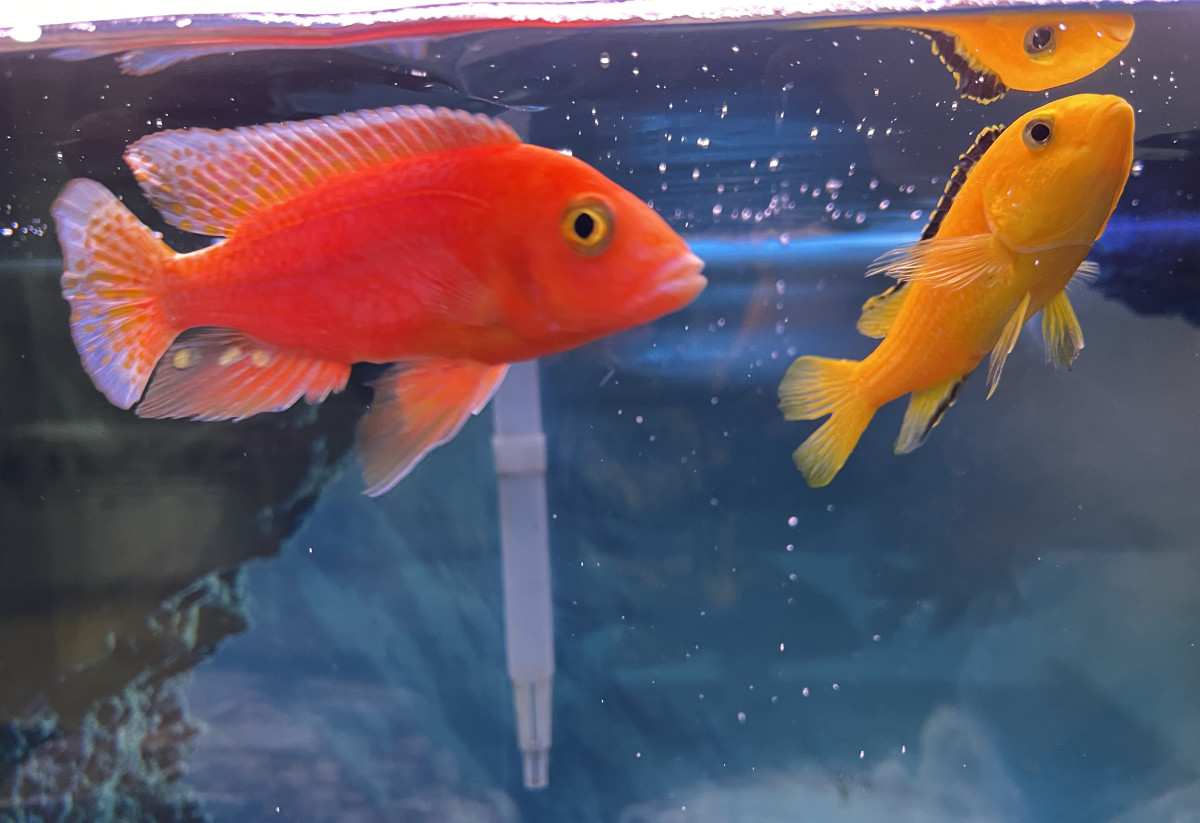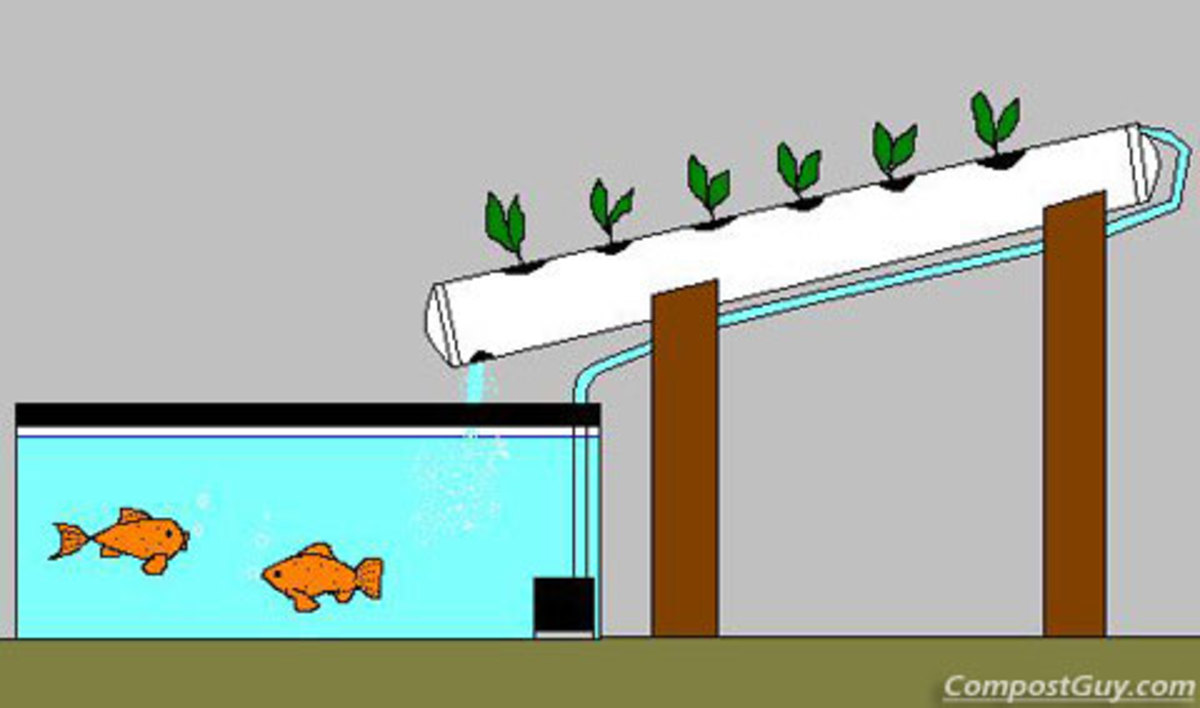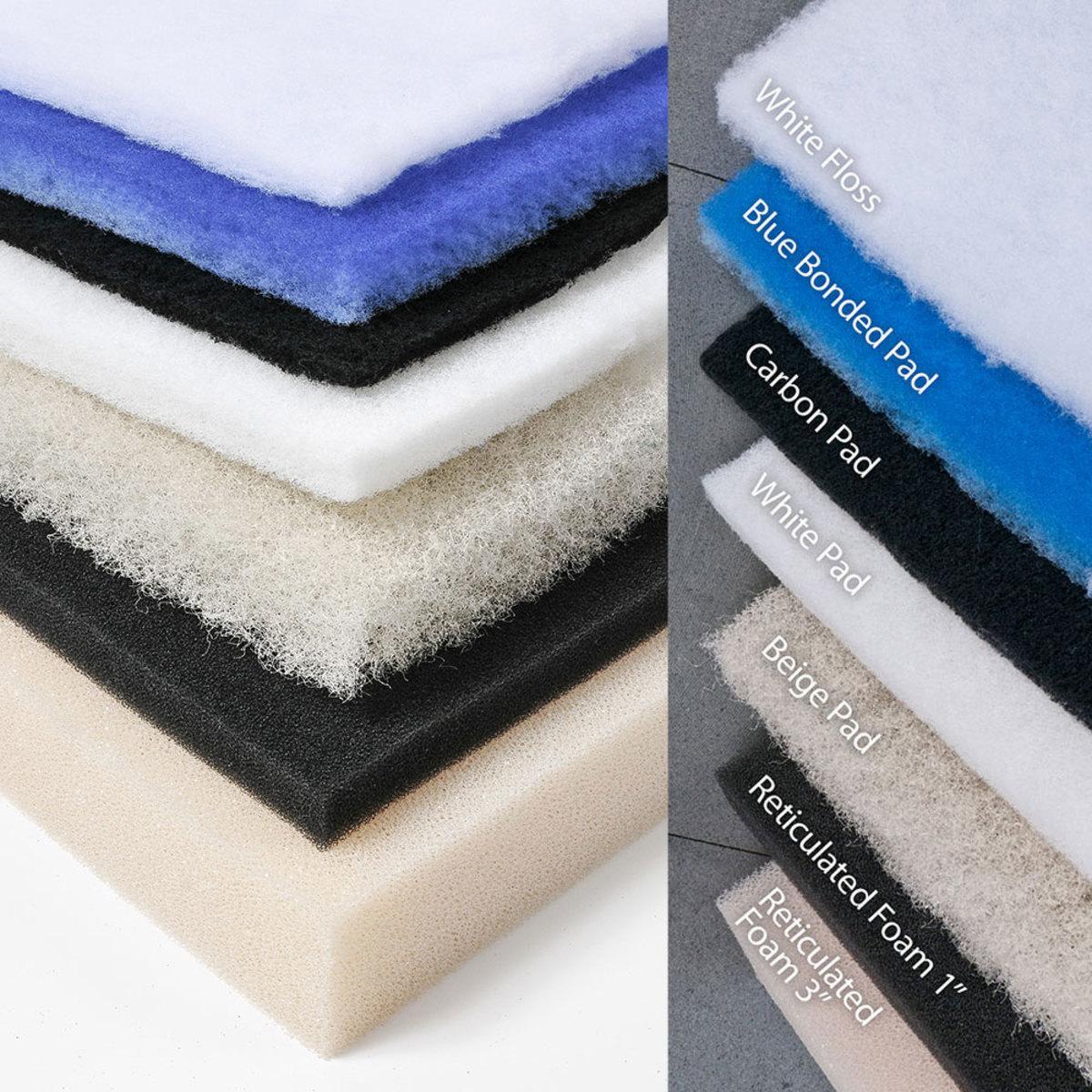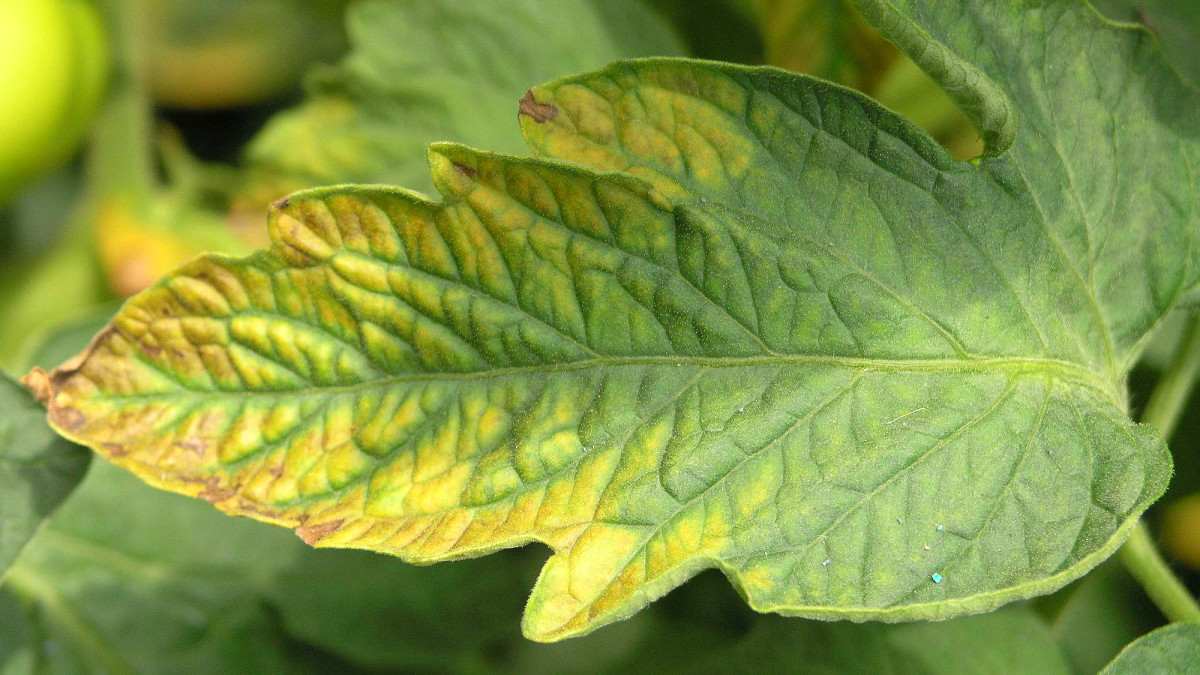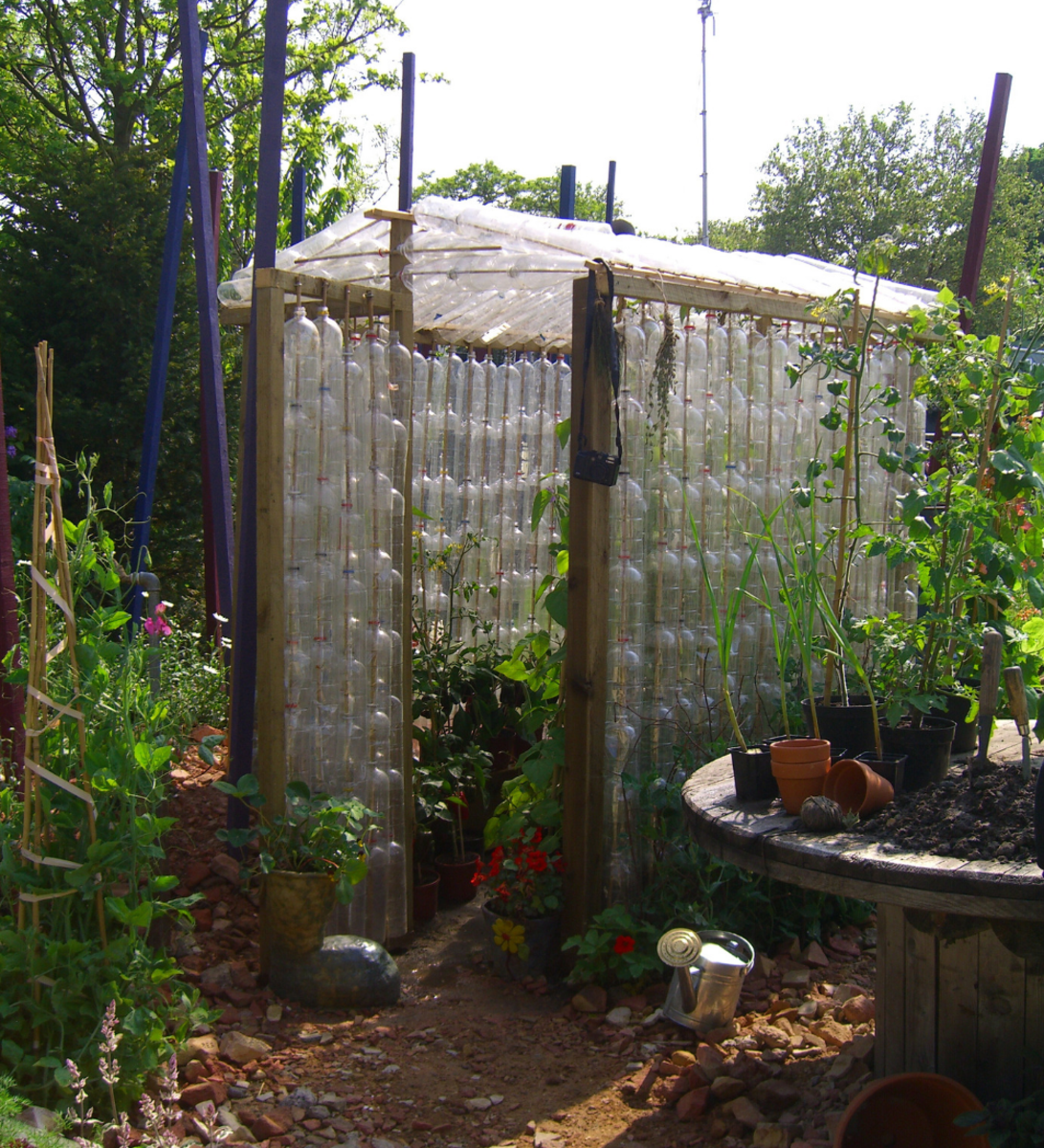Aquaponics for Aquarists
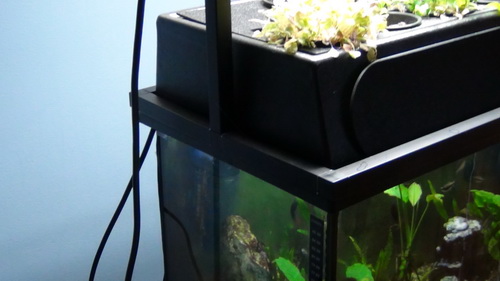
Creating an Aquaponic filter
One of the most difficult compound to deal with is the continual concentration of nitrate in an aquarium over time. This toxin will dwarf fish and slowly cause many other problems to the inhabitants of any tank. It is somewhat of a blessing that nitrate is not very dangerous, but it gets more of a problem the higher the concentration becomes.
The only practical way to eliminate nitrate for the classic tropical fish keeper is to dilute it using partial water changes on a regular basis. You remove the water from the tank that is high in nitrate, and replace the water with tap water that has little or no nitrate in it. There is the danger that the new water has just as much nitrate in it as the water that is removed. The concentration in municipal water can vary due to the season or even during heavy rainy periods.
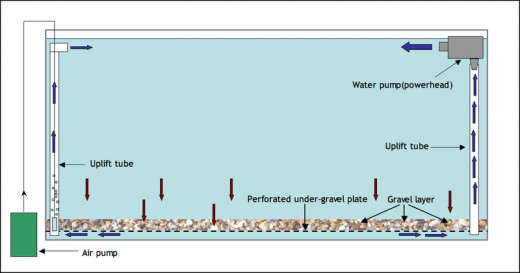
Previous attempts to eliminate nitrate
Of course there have been many attempts at finding ways to get rid of nitrate over the years besides simply diluting it. I have heard of electrical apparatus that tried, but none ever worked. Another way to remove nitrate is to create an anaerobic chamber that forces the bacteria to use nitrate as a food when faced with conditions where there is no oxygen available.
Many older aquarists did accidentally create anaerobic areas in their tanks when they used Undergravel filters to create biological filtration. The old Biozonic Undergravel filter was an excellent filter and very efficient, but it also had a plate that had a number of up and down ridges that could trap toxic gases in the upper ridges, it also could have pockets where anaerobic activity occurred.
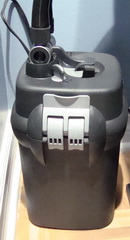
Undergravel filters have fallen out of favour in the recent past, which is too bad as they did increase the biological activity of the aquarium without using any volume - they have been pretty much replaced by the increase in popularity of the canister filter.
A canister adds a large volume of filter material for beneficial bacteria within the canister. With proper maintenance, the canister will not go anaerobic because water is moving constantly through the entire volume. The input is replenishing the oxygen to the bacteria at all times.
This removes any possibility of eliminating nitrate in the filter, except, of course with the various expensive resins that are designed to adsorb some into their structure. While a possible solution, they are not cheap and will exhaust themselves, often withut showing that they are no longer working.
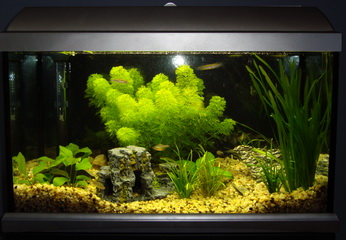
The only natural way to remove nitrate in the aquarium
Older aquarists will remember the times when there was a huge rift in tropical fish keeping between European and North American fish hobbyists. North America went in for heavy filtration and overstocked fish tanks while many Europeans, especially German and Dutch opted for much lighter stocking levels and heavily planted aquariums.
Plants use nitrate as a main part of their nutritional requirements and will remove it from the aquarium. The problem here is that while a heavily planted aquarium will reduce the nitrate somewhat, it is important for the fish load to be minimal if the production is to be kept naturally in check. To ensure the other requirements of plants were met, carbon dioxide insertion is usually required as well, so that one compound needs to be added to remove another, not a very efficient way to remove the nitrate produced by fish and decay..
An Aquaponic Filter - Removing nitrate with Terrestrial Plants
Aquaponics is a great way to exploit the natural symbiosis between fish and plants. Although heavily planted aquascapes in a home aquarium will remove some nitrate, there are too many limitations in the needs of aquatic plants to reliably remove all the nitrate produced in the tank. Often the water needs to be more closely monitored. Carbon dioxide needs to be infused nto the water. Alkalinity needs to be constantly adjusted as well.
This can have some pretty serious ramifications for the fish. Planted aquariums also limit the types of fish that can be kept. Aggressive fish, and ones that eat plants have to be kept out of the aquarium.
An aquaponics system, no matter how large, separates the fish from the plants. The plants are vegetables that are edible for humans, and are grown in a grow bed that is watered from the water of the fish tank. By removing the plants, the entire range of fish is now possible to inhabit your tank.
In addition, the nitrate is removed in a much more efficient manner - finally providing a system of naturally removing nitrate once and for all! No high tech apparatus required, just a natural flow from the aquarium through the grow bed and returned to the aquarium - purified of nitrate and many other toxins that may be produced in the aquarium.
DIY Aquaponics Filter - True Aquaponic Gardening at home
There are many commercial sized aquaponics systems beginning to produce organic grown food for the table and fish protein at the same time. Normally these are fully grown Tilapia. There aren't many systems available that are cheap, but it is possible to retrofit a home aquarium to work with an aquaponic filter - basically replacing the light cover with a grow pan with the substrate to support he plants. I prefer a continual flowing system when dealing with an aquarium.
The focus for the aquarist is on the benefit of an aquaponic filter for the fish living in the system, rather than focusing on massive plant growth for commercial sales. With this in mind, the actual fish that can be kept in the tank can be just about any you want in your display tank.
Nitrate production is removed by the plants that you keep - something that really has never been possible in the past. There is a noticeable improvement on the water quality and a reduction in the amount of maintenance that must be done.
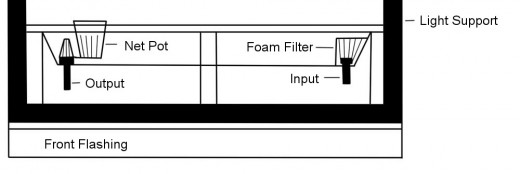
Home Aquaponic Systems
There are commercial aquaponic systems available on the web, but most are complete systems. I have found that most aquarist are usually more interested in the potential of the removal of nitrate produced within the display aquarium. That are not as focussed on growing massive amounts of herbs and vegetables for the family dining.
Granted the resulting herbs and food plants are welcome additions, but the focus is the symbiosis between the fish and terrestrial plants. This permits the reduction in maintenance and improvement of the water conditions for the fish you are keeping. It is for that reason that my focus has become the ways it is possible to retrofit an aquarium with an aquaponics filter, rather than the aquaponics garden itself.
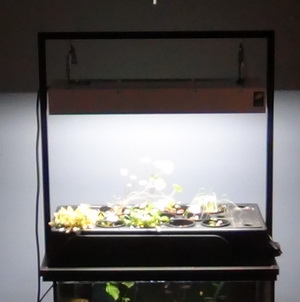
Components of a DIY Aquaponics Filter
The main changes is the replacement of the aquarium cover/canopy and replace it with a light source for the fish under the growing pan. Then the grow pans replace the cover and are lit by strong grow lighting for plants - such as T5 bulbs over a floating set of net pots.
The cool technology of LED strips are great for illuminating the fish. You don't need to remove all the aquatic plants from the system, or the fish can be left without any plants, There is an LED system that will provide enough light for the tank without heat or too much light in a plantless tank. It depends on the LED strip selection. The main point is that the technology allows the replacement of the standard fluorescent light used for standard aquarium lighting.
The main lighting for the nitrate filter is a strong T5 or grow LED system that powers the plants and allows them to grow strong and healthy to remove the nitrate from the passing water.
Resources
- Amazon.com: Aquaponics Systems for the Freshwater Tropical Fish Keeper eBook: Steve Pond: Kindle Sto
An aquaponic filter added to an existing home aquarium benefits the fish keeper. It safely reduces the need for water changes in an attractive and appealing way while growing healthy organic vegetables and herbs.
- The Nitrogen Cycle
The Nitrogen Cycle is probably the most important invisible process that goes on within the confines of the aquarium. Nitrate is the final step of the cycle and concentrates in the tank over time
